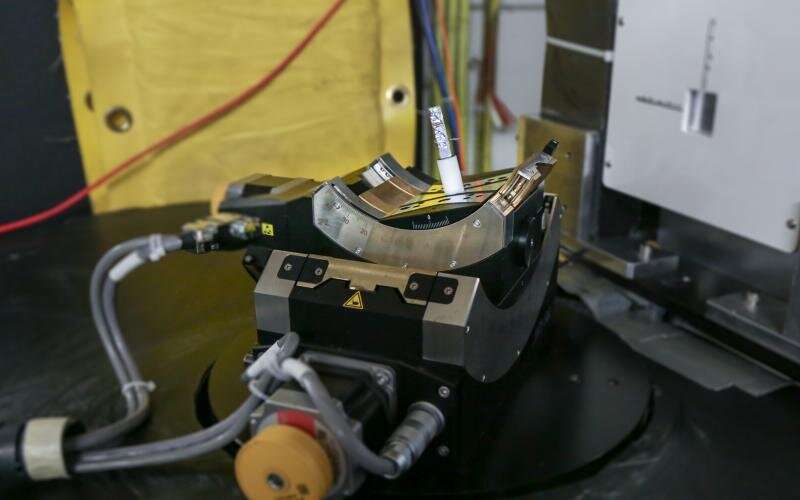Automating neutron experiments with AI

Oak Ridge National Laboratory researchers are developing a first-of-its-kind artificial intelligence device for neutron scattering called Hyperspectral Computed Tomography, or HyperCT. The fully automated, AI-driven platform can rotate a sample in almost any direction, eliminating the need for human intervention and significantly reducing lengthy experiment times.
The design enables scientists using neutron scattering, a technique that measures atoms inside materials, to complete characterizations of samples without pauses for adjustments. The AI software determines the optimal angles to measure based on a sample's shape, greatly reducing the amount of unnecessary data that could slow down experimental results.
"With only a few input parameters, HyperCT will give us more accurate data roughly four times faster than conventional methods," said ORNL's Hassina Bilheux.
Once developed, the technology can be used on any neutron scattering instrument, which will significantly increase the number of experiments and improve the quality of scientific data that only neutrons can provide.
Provided by Oak Ridge National Laboratory





















